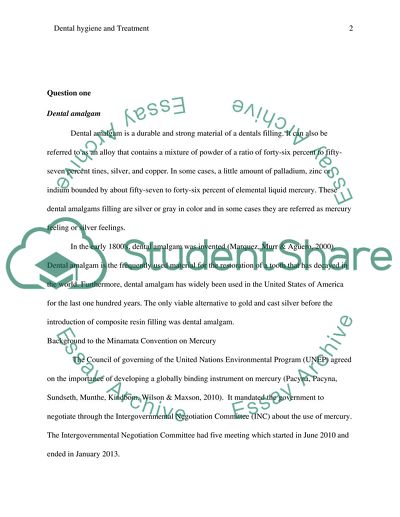Cite this document
(“Not Found (#404) - StudentShare”, n.d.)
Not Found (#404) - StudentShare. Retrieved from https://studentshare.org/health-sciences-medicine/1876409-dentistry
Not Found (#404) - StudentShare. Retrieved from https://studentshare.org/health-sciences-medicine/1876409-dentistry
(Not Found (#404) - StudentShare)
Not Found (#404) - StudentShare. https://studentshare.org/health-sciences-medicine/1876409-dentistry.
Not Found (#404) - StudentShare. https://studentshare.org/health-sciences-medicine/1876409-dentistry.
“Not Found (#404) - StudentShare”, n.d. https://studentshare.org/health-sciences-medicine/1876409-dentistry.


